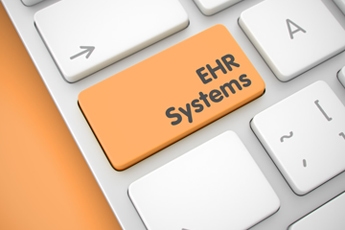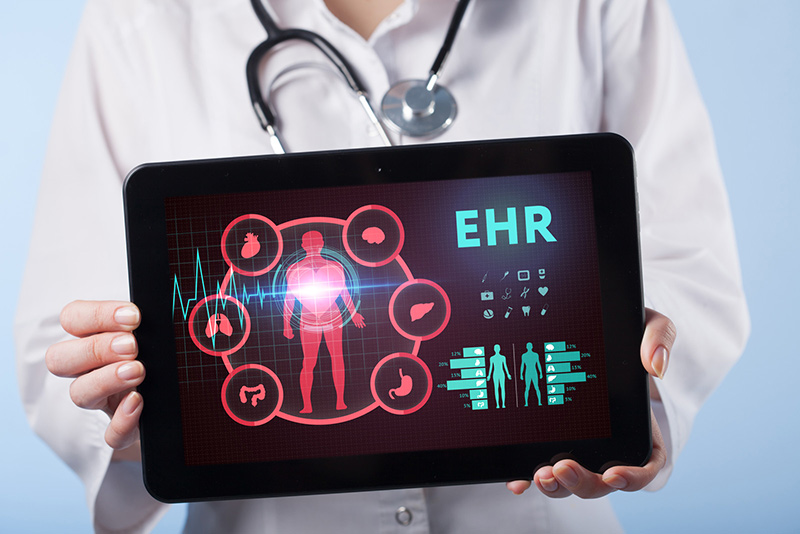Electronic health records are much applauded for their capability to make patients’ health information available in one place, when and where it is needed. They make processes such as medical chart review and medical records retrieval easy, and healthcare providers can do a better job of managing patient care and improving healthcare quality. If providers hesitate to make use of this innovative system, they could lose opportunities to save money as well as opportunities to improve patient safety. EHRs help to engage patients in their health and healthcare, and providers can leverage electronic records to ensure patients’ education materials, health information and after-visit summaries. They facilitate communication with patients and ensure enhanced overall patient care.
A new op-ed in Harvard Business Review highlights how EHR can solve many of healthcare’s biggest problems.
- The writers point out how innovative EHR use can reduce excessive spending, medical errors, and unnecessary surgeries.
- EHRs come with embedded error-proofing process and technology embedded in them that support safer, higher quality, and more affordable health care.
- Though the implementation of EHR can be challenging, they bring benefits such as improved patient safety, care delivery, and care accuracy. Providers can gain access to accurate health data, and the potential for human error in daily operations is minimized.
- Since physician orders are computerized, the use of illegible provider handwriting and misinterpreted verbal orders can be eliminated.
- Then again, features such as checkbox options ensure that providers prescribe only correct doses. This prevents overdosing.
EHRs have brought innovation into healthcare. Now, healthcare organizations and health IT vendors are collaborating to further improve existing EHR features and develop new technologies.What is most significant about electronic medical records is that they provide more information than just patient health data. Clinicians can benefit from evidence-based, best practice guidelines that are brought into their workflows for use at the point of care. Importantly, when hospitals and health systems can minimize variation in care, the obvious benefits are reduced costs and many lives saved.
- Keeping this in view, some EHR vendors have introduced tools such as clinical pathways into their EHR. Pathways enable hospitals to provide consistent, standardized care by charting out treatment for patients with common medical conditions and procedures. These pathways are divided into steps based on patient condition or time frame, which organize clinical documentation and orders.
- Other health IT developers have innovated ways to incorporate automation and artificial intelligence into care delivery. For example, when certain medications are ordered at a hospital or other healthcare system, an internally developed program would automatically order the necessary lab tests to safely adjust these medications.
How can healthcare systems and health IT innovators be encouraged to utilize the full potential of EHR technology?
- Healthcare organizations should propose explicit, best practice standards that will help reduce disparity in care management.
- Healthcare systems and health IT developers must continue to collaborate to include best practices protocols into EHR technology and support physicians in clinical decision making.
- When developing the ideal EMR, focus must be on the development of effective tools that can block inappropriate or unsafe care such as the ordering of an unnecessary test.
- Adherence to evidence-based standards in bundled payment contracts is something to insist on.
With the move towards value-based care, the electronic health record system is more important than ever before in ensuring optimal patient care. Meaningful use programs have been successful in encouraging rapid EHR adoption, and laying the groundwork for future improvements of EHR. The ONC (Office of the National Coordinator for Health Information Technology) says that 96% of hospitals and almost 78% of office-based physicians now use certified EHR technology (CEHRT) as a direct result of the program. Meaningful use program has yet to encourage interoperability improvements and motivate providers to adopt a new, more cooperative approach to integrating technology into healthcare. If providers are to merit from cost savings and quality improvements integral to value-based care, EHR interoperability must improve. If there is a way for healthcare systems to measure clinical efficiency and health outcomes before and after EHR implementation, they can more effectively understand the scope of the technology’s benefits.
Interoperability and improved health data exchange can be ensured with extensive EHR standardization. You should be able to travel anywhere in the world and have your medical information available in real time for healthcare providers that are involved in your care. More comprehensive care can be ensured by incorporating socioeconomic, genomic, and patient-generated information into electronic health record systems with advanced data analytics capabilities. With true interoperability, a highly effective healthcare system can be created that will help reduce medical errors, increase patient safety, and provide excellent insight into population health trends.




